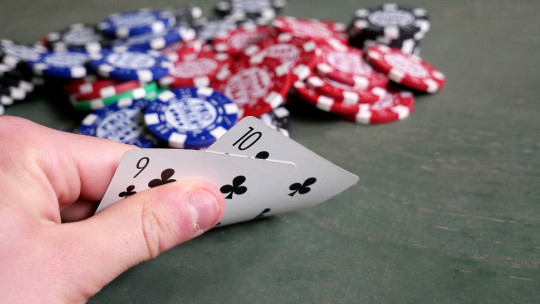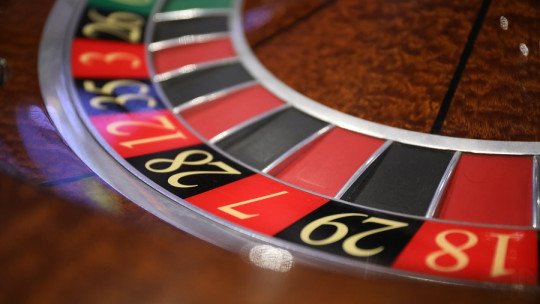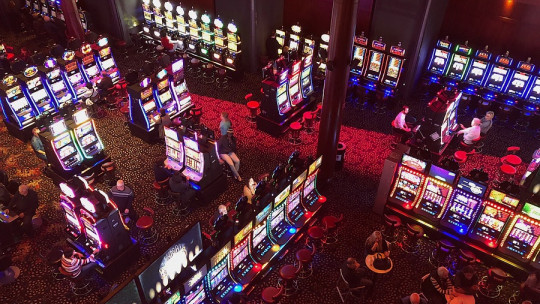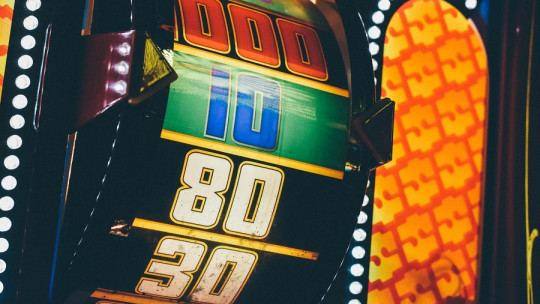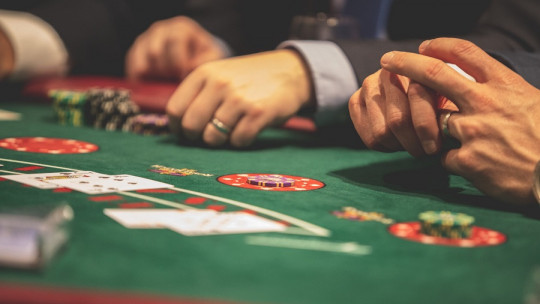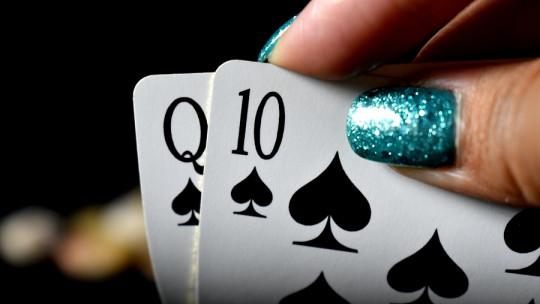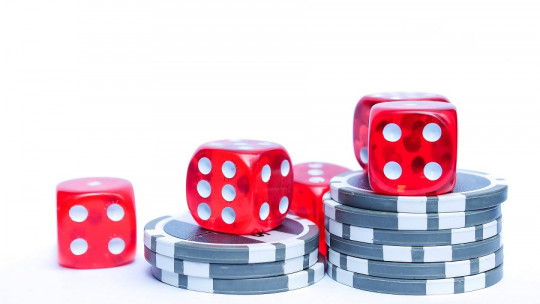We are going to talk about four behaviors typical of human beings that, when they get out of control, can become real addiction problems even though they are not technically substances
Gambling addiction, a game that is not a game
Linked to enjoyment and recreation, bingo or casino can provide all the necessary ingredients for an unforgettable night: good food, music, drinks, fun. Also It could be unforgettable if you can’t stop playing if the salary is “invested”, money is requested and owed, the car is sold, among other unimaginable things…
We will talk about gambling addiction if the gambling gets out of hand, becomes compulsive, uncontrolled, until reaching desperate instances where The deteriorations do not only appear from an economic point of view , if not at a family, work, or personal level. It is one of the most common non-substance addictions in Western countries.
Any excuse is valid to play again
If you win, motivation invades and you will play again to increase earnings “Today I’m lucky.” If you lose, you will play again to recover what you lost, to lift your spirits, or to try to escape the negative consequences of having lost. “If I recover what I lost, no one will find out what I lost, they will not even know that I came.”
For those closest to them, upon noticing the problem, bingo becomes a forbidden place for the addicted gambler, which will mean having to hide it every time they attend, lie or find excuses to go to bingo.
It’s always night
The windowless and strategically thought-out architecture of bingo makes it impossible to discover when it stops being night and starts to dawn, which facilitates compulsion and a lack of limits. Losing track of time is key in gambling addiction As well as the false belief that a gambler can choose when to go to bingo and when to leave, as if he could handle it.
If there is addiction, it will be very difficult to control the frequency and duration of the bingo stay. Therefore, it is a behavior that must be paid close attention to. If the game stops being pleasurable and begins to be compulsive, necessary and problematic, it is no longer a game.
People addictions
Addiction to a person, or also known as codependency , can be as problematic as other addictions. It can cause isolation, family, social, and work deterioration, low self-esteem, and even depression and death. Feeling that you live for and for the other, that the reason for your life is that person, that if they are not there nothing makes sense. Being dependent on another person nullifies one’s capabilities by feeling that one cannot live or achieve anything in life alone.
Self-esteem is governed by what others express about oneself. They believe they deserve few things or nothing, They prioritize others and can do what they don’t want in order to please or not lose the other person.
The relationship with the dependent person has twists and turns, where the return to the bond is what prevails Codependents return again and again, over the years, as if the unhealthy relationship were stronger than them, where personal relationships are put aside and there are always opportunities to get back together.
Live to work, work addiction
Something as necessary as it is rewarding and organizing the personality as work can become a problem. This will occur when a person dedicates most of the hours of the day, and sometimes the night, to work issues, not allowing yourself to do other activities or rest
There are several causal factors of a work addiction: excessive self-demand, low self-esteem, feeling of inferiority, obsession, pathological ambition. And the consequences will also be varied. As in any addiction, there will be consequences at the health, family and sociability level : physical exhaustion, stress, anxiety; isolation, discussions, complaints, pressures.
What does the buyer buy? compulsive consumerism
Today, shopping and consumerism are part of our Western society, they are almost necessary to live. We consume food, clothing, appliances, moments of entertainment, etc. But when shopping becomes an uncontrolled and compulsive behavior, we are talking about something else.
When buying calm, relieve or discharge, we must ask ourselves what calms us down. What does it keep us from? Definitely, What do we avoid when we buy compulsively?
Spending large sums of money, far from generating gratification for acquiring what was purchased, can generate helplessness, anguish and restlessness It can lead to debt and continued shopping. The purchase does not bring joy, it is not a moment of pleasure, or it is, but then it is followed by a feeling of emptiness, of frustration because the material purchased does not completely fill or remove the unpleasantness that is making us ill. This, which is prior to the purchase, is what we have to reveal, because the purchase in itself is not bad, the bad thing is that it is compulsive and as a resource to cover or calm some other need.
Returning to the title of this segment, the compulsive buyer buys relief, escape, momentary tranquility. And, depending on the case, you can buy a place in the family, a reciprocated love, a feeling of success and prestige; it buys self-esteem, it buys feeling valuable and important. The metaphor here is, when I don’t achieve something in reality or I am frustrated by part of the reality that I live or the place I occupy in society, In my head, buying replaces that non-material thing that I feel I don’t have And it relieves, because when I buy I “forget” what is causing me so much discomfort.
We insist there is nothing wrong with shopping and it is part of our way of living. It will be a problem if the need to buy something is systematically imposed. Life is organized around buying, all the time, and if the purchase cannot be carried out, anguish and frustration invade.

